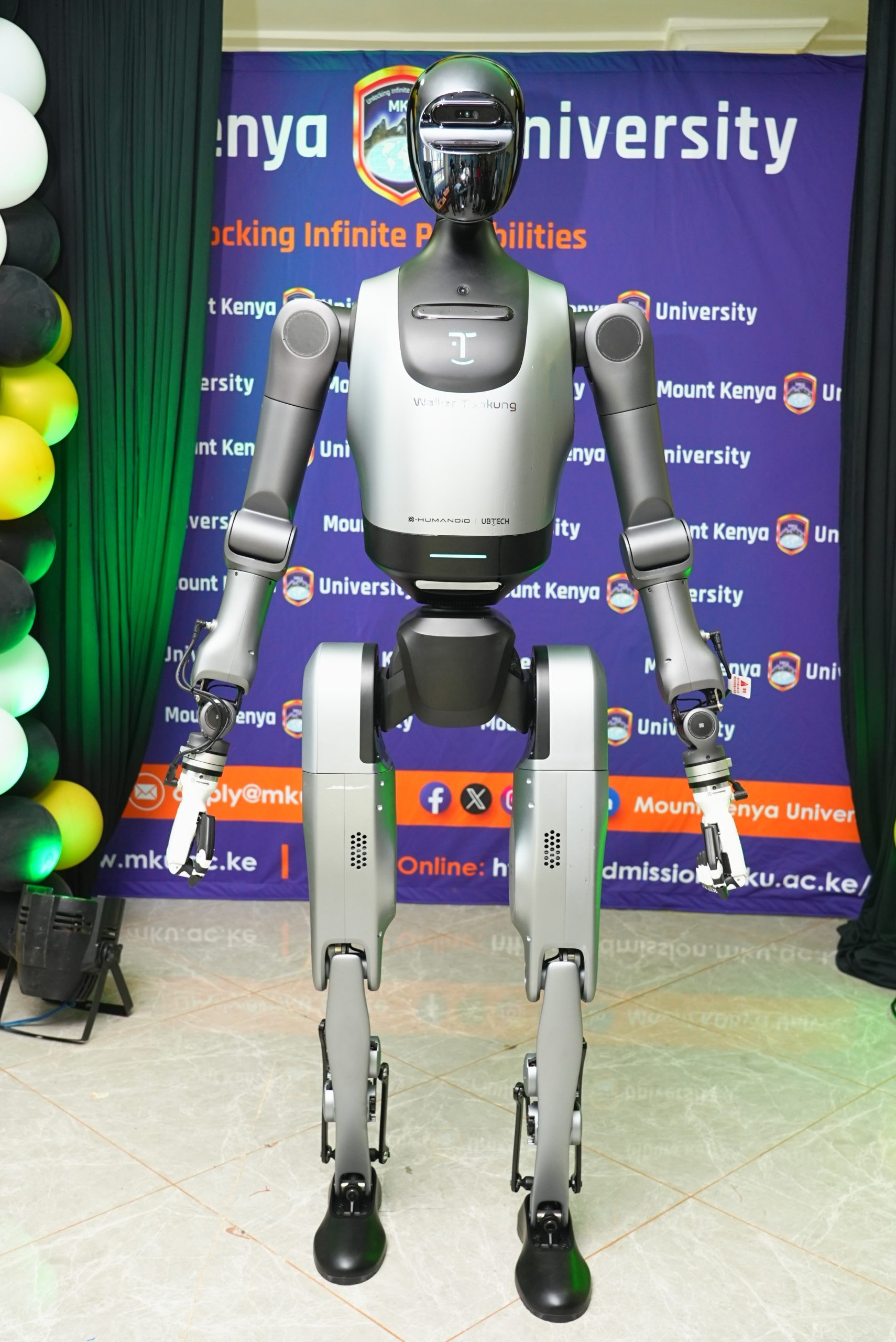In the recent past, most universities had Parallel or Module 2 Programmes, which allowed students who qualified but missed admission into public universities on government support to pursue their dream academic courses as self-sponsored students.
Then, there was the bridging route, which allowed students to bridge knowledge in subjects relevant in courses they wished to pursue more so Mathematics and Sciences. Thereafter, they qualified to pursue certificate or diploma courses, which acted as prerequisites for particular university degree requirements.
Comparatively, this is extant in countries such as the UK, Australia and South Africa. For instance, in the UK, they have Access to Higher Education Diplomas: 1 year (full-time) or 2 years (part-time) diploma courses that target students who failed to meet the minimum university requirements. Likewise, in Australia, they have the Enabling Programme and Bridge the Gap in University as qualifications for struggling students more so for marginalized groups.
Consequently, in South Africa, a student must sit for the Matriculation Exam (Matric). The results of Matric determine the entry into a particular programme and students who fail to attain grades to pursue a particular course enroll for the bridging course.
Back to Kenya, the university cut-off point stands at a C+ (plus) of 46 points. This is according to Kenya Universities and Colleges Central Service (KUCCPS), which is the varsity and colleges placement agency.
There is an imminent re-introduction of bridging courses based on a document titled ‘Cabinet Memorandum on Provision of Bridging Programmes to Support Access to Quality University Education’.
In July 2023, the Cabinet approved the bridging programme and directed the Ministry of Education (MoE) to develop a raft of guidelines towards the same. Why the re-introduction of bridging courses? This is due to strict university entry requirements which limit students’ chances to pursue degree programmes. Statistically speaking, KCSE performance has been nose-diving. Ostensibly, only 20% of candidates who write KCSE exams proceed to university.
Therefore, the new move focuses on making universities more accessible, inclusive and equitable. It will be a sigh of relief to public and private universities for this will enable them to increase the number of students who enroll under self-sponsorship programmes, which to them, can be a major source of revenue.
Ideally, this is not the first time bridging courses are finding their way into universities. In retrospect, they existed between 2008 and 2016. However, they became defunct after a drastic decline in learners making it to universities leading to the then CS of Education to scrap the programme.
Under the previous bridging programme, the upgrade programme featured in two variations. The first one targeted the students who qualify for direct entry into universities but missed the required grade in the requisite subject by 1 point for the degree courses of choice. Then, there was the Pre-University Programme (PUP), a bridging course that spanned 6 months. It was for post-secondary school students who failed to achieve grades needed for direct entry into university, missing it by one point.
By Victor Ochieng’
The writer guides students on career choices. vochieng.90@gmail.com. 0704420232
Get more stories from our website: Education News
To write to us or offer feedback, you can reach us at: editor@educationnews.co.ke
You can also follow our social media pages on Twitter: Education News KE and Facebook: Education News Newspaper for timely updates.
>>> Click here to stay up-to-date with trending regional stories





